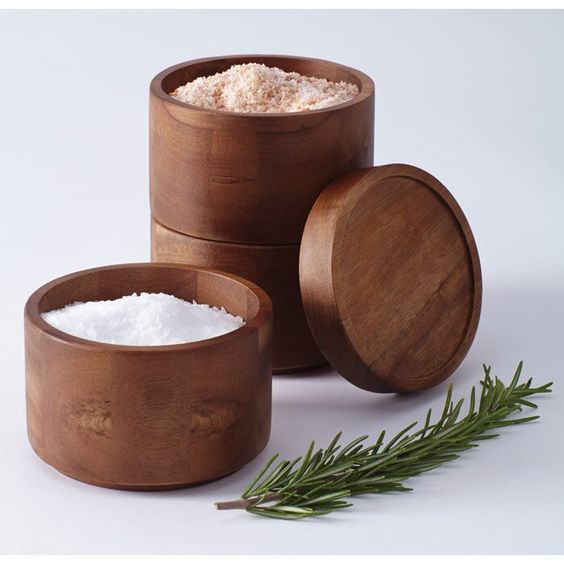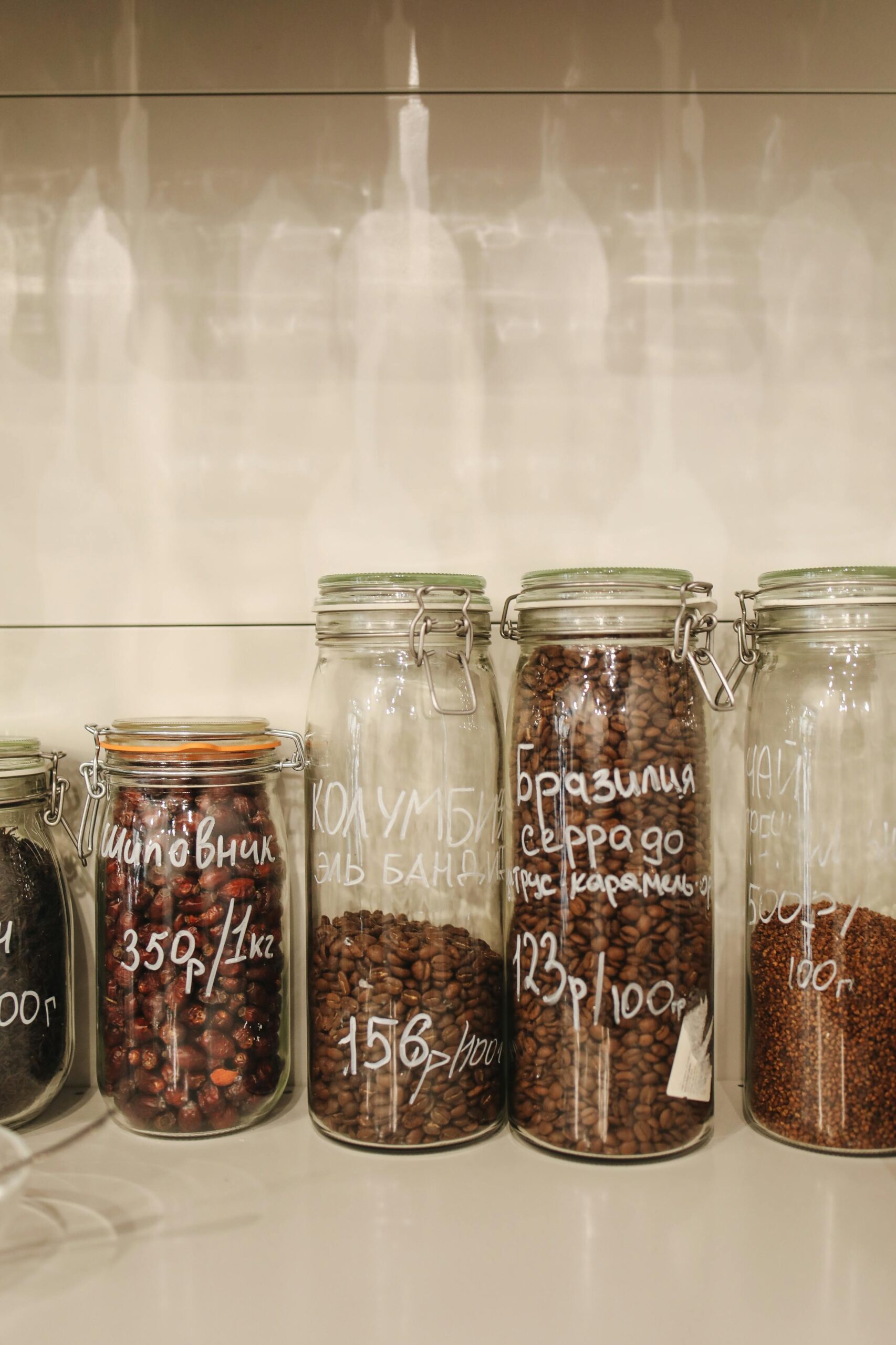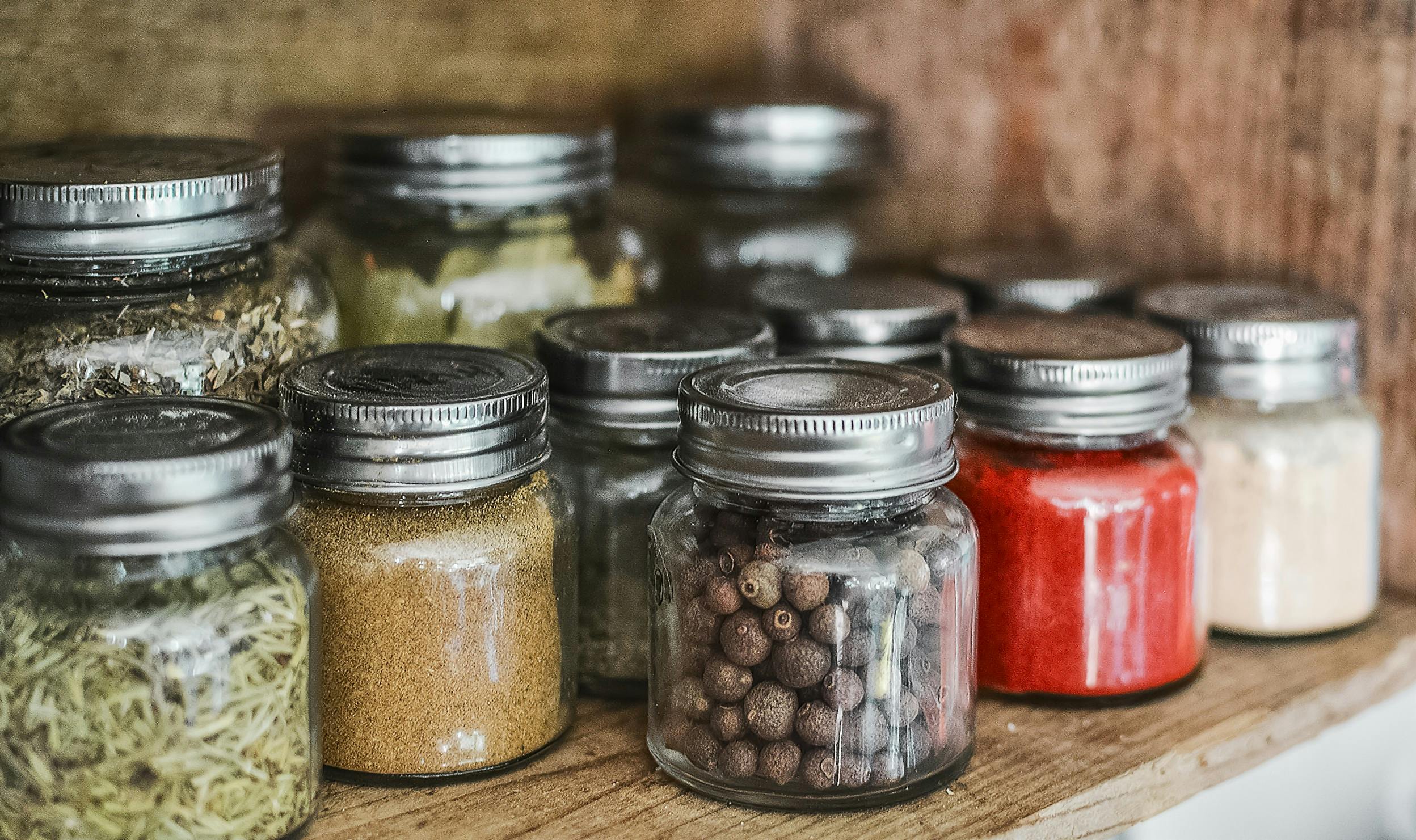When it comes to choosing the best storage containers for your kitchen, the material you pick makes a significant difference in both convenience and safety. Each material has its own strengths and weaknesses, so let’s explore the most popular options to help you decide which ones suit your needs best.
1. Glass: The Safe and Reliable Choice
Glass containers are often considered the gold standard for food storage. They are safe for both you and your food, as they don’t leach any harmful chemicals. One of the biggest advantages of glass is that it doesn’t stain or retain odors, keeping your food fresh and your containers clean. Plus, they’re microwave safe, making reheating a breeze. The only downside? Glass can break easily, so they might not be the best option if you need something durable or portable.
Best For: Home use where safety and food preservation are priorities.
2. Plastic (BPA-Free): Lightweight and Durable
Plastic containers, especially those labeled BPA-free, are a lightweight and durable option for food storage. They’re ideal for on-the-go meals and can withstand a few bumps without breaking. However, plastic can sometimes absorb odors from strongly flavored foods and isn’t always microwave safe. Be sure to check the label before popping your leftovers in the microwave.
Best For: Meal prep and packing lunches, especially when portability is key.
3. Stainless Steel: Strong and Long-Lasting
Stainless steel is a strong and durable material that stands up to daily wear and tear. It’s lightweight, making it perfect for carrying meals, and it won’t shatter if dropped. However, stainless steel containers are not see-through, so you’ll need to remember what’s inside. Also, they’re not microwave-safe, so you’ll need to transfer your food to another container if you want to reheat it.
Best For: Carrying meals and long-term storage of dry goods.
4. Silicone: Flexible and Heat-Resistant
Silicone containers are flexible and can be collapsed for easy storage when not in use. They’re also heat-resistant, making them suitable for reheating food in the oven or microwave. However, silicone might retain strong odors, so it’s essential to wash them thoroughly after storing pungent foods.
Best For: Space-saving storage and versatile reheating options.
5. Ceramic: Stylish and Microwave-Safe
Ceramic containers are not only functional but also add a touch of style to your kitchen. They’re microwave safe and often come in beautiful designs, making them great for serving dishes as well. However, ceramic is heavy and breakable, so it’s best reserved for home use where you can handle them with care.
Best For: Stylish storage and serving at home.
Conclusion: Which Material is Right for You?
For most kitchen needs, glass containers are an excellent choice because they are safe, don’t retain odors, and are perfect for reheating. If you need something more portable, plastic containers offer a lightweight solution. For those who carry meals or need long-lasting durability, stainless steel is your best bet.
Choosing the right material for your storage containers can elevate your kitchen organization and make meal prep a breeze. Whether you prioritize safety, convenience, or style, there’s a perfect option out there for you.




